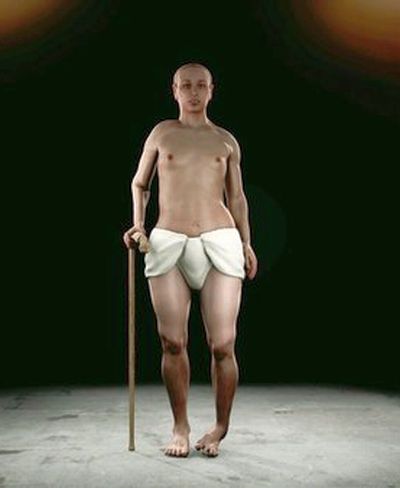“A frenzy of conflicting scientific analyses have made the famous pharaoh more mysterious than ever” – M Shaer

The Valley of the Kings lies on a bend in the Nile River, a short ferry ride from Luxor. The valley proper is rocky and wildly steep, but a little farther north, the landscape gives way to gently rolling hills, and even the occasional copse of markh trees. It was here, in a humble mud-brick house, that the British Egyptologist Howard Carter was living in 1922, the year he unearthed the tomb of the pharaoh Tutankhamun, forever enshrining both the boy king and himself in the annals of history. \
These days, the house serves as a museum, restored to its nearly original state and piled high with Carter’s belongings—a typewriter, a camera, a record player, a few maps, a handful of sun hats. Toward the back of the museum is a darkroom, and out front, facing the road, is a shaded veranda.
On the September day I visited, the place was empty, except for a pair of caretakers, Eman Hagag and Mahmoud Mahmoud, and an orange kitten that was chasing its own shadow across the tiled floor.
Most of the lights had been turned off to conserve electricity, and the holographic presentation about Carter’s discovery was broken. I asked Hagag how many visitors she saw in a day. She shrugged, and studied her hands. “Sometimes four,” she said. “Sometimes two. Sometimes none.” Continue reading
